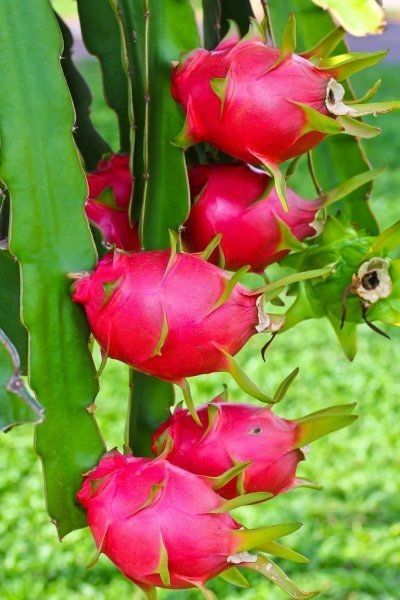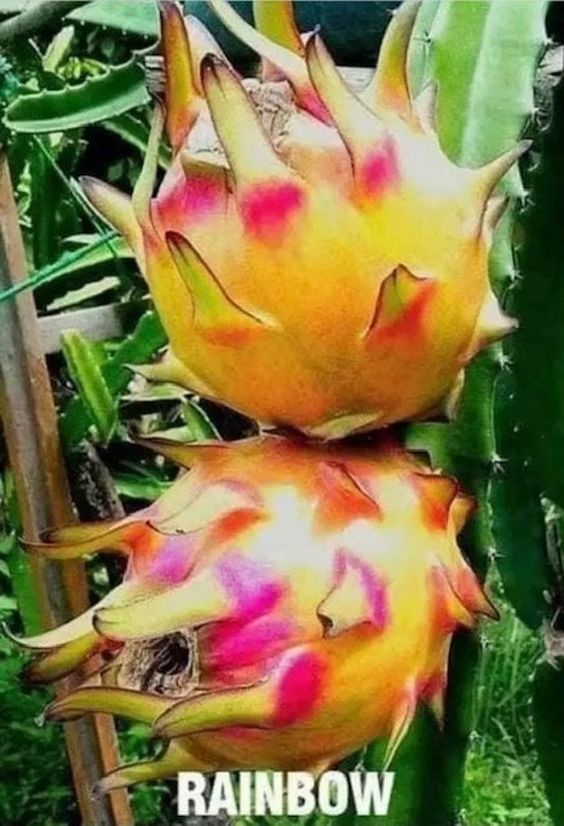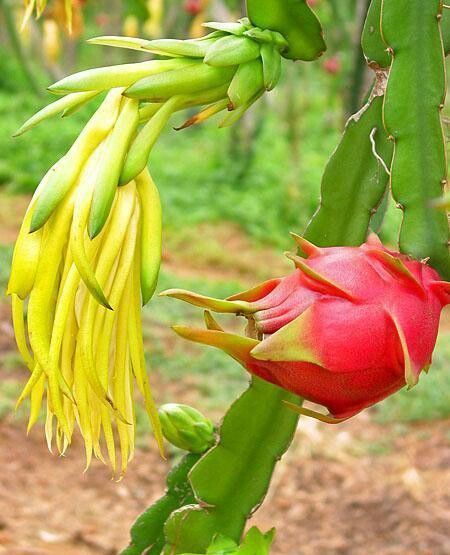Dragon fruit, also known as pitaya, is a visually stunning and nutritionally rich tropical fruit that has gained popularity worldwide. Native to Central America and now cultivated in various regions with warm climates, dragon fruit has captured the attention of both food enthusiasts and health-conscious individuals alike. Its distinct appearance, unique taste, and impressive health benefits make it a captivating addition to the world of fruits.

Distinctive Appearance: The most striking feature of dragon fruit is its vibrant and otherworldly appearance. The fruit comes in three main varieties: white-fleshed, red-fleshed, and yellow-fleshed. The outer skin is a bright, leathery texture, with scales or spikes resembling a mythical dragon, hence its name. When sliced open, the inside reveals a succulent, juicy flesh dotted with small edible black seeds, adding a delightful crunch to the fruit.

Taste and Texture: Dragon fruit has a subtly sweet and refreshing flavor, often compared to a blend of kiwi and pear, with hints of watermelon. Its mild taste allows it to pair well with other fruits in smoothies, salads, and desserts. The texture is smooth and creamy, making it a satisfying treat to enjoy on its own or mixed into various dishes.

Nutritional Powerhouse: Beyond its captivating appearance and delightful taste, dragon fruit is packed with essential nutrients. It is a rich source of vitamin C, providing an immune-boosting dose of antioxidants. Additionally, dragon fruit contains several B vitamins, minerals like iron and magnesium, and dietary fiber, which aids in digestion and supports a healthy gut.

Hydration and Weight Management: Dragon fruit’s high water content (approximately 90%) makes it an excellent hydrating option, especially in hot climates. Moreover, the fruit’s low-calorie content and fiber content make it a favorable choice for those seeking to manage their weight or adopt a healthier lifestyle.

Antioxidant Properties: Dragon fruit’s vibrant colors are an indication of its antioxidant content, which helps neutralize harmful free radicals in the body. Antioxidants play a crucial role in reducing oxidative stress and may contribute to reducing the risk of chronic diseases.
Versatile Culinary Uses: Dragon fruit’s versatility extends to culinary applications, making it a favorite ingredient in smoothies, salads, sorbets, and even cocktails. Its visually appealing appearance also adds a decorative touch to fruit platters and desserts.